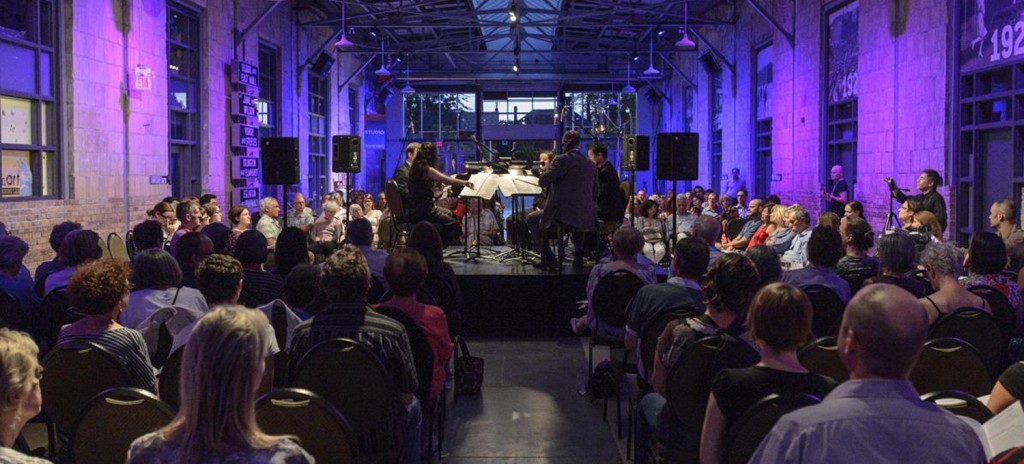
If artists regularly self-qualify themselves as ‘starving’ in such a casual and off-handed way, what kind of respect can we expect to gain?
On my way home, there is a man that chants monotonously to people coming in and out of the subway station. He doesn’t look well, there is resignation in his voice, and passers-by are consistently ignoring him.
“sparesomechangeimstarvingplease”
The scene serves as meditation as I get on the train, a chance to reflect on a recent conversation with a performing artist. He had quietly lamented how colleagues too often described themselves as “starving artists”, even if only as a joke or an ice-breaker.
It was only a passing comment that he made, but I was reminded of the many instances where I defended the value of art to those less than sympathetic to artists, only to feel stonewalled by their one-dimensional impression.
How did this impression become so ingrained in the public consciousness?
What are we doing, or not doing, to change it?
* * *
A common fear expressed by artists is burning out.
They freelance as performers and teachers—two different but complimentary career paths—or take on part-time and full-time employment within or outside of the arts sector. All the while they harbour artistic visions that will require additional dedication and focus to bring to life, often starting from zero.
This is not only the reality for emerging professionals; established artists experience the same thing. The difference is that when you have been overworked consistently for a decade or more with no respite, you recognize the insanity of doing the same thing over and over again while expecting different outcomes. Yet, without a clear alternative, being an artist becomes an endurance sport, working ever harder and reaching ever further for a miraculous break to happen.
For great art to be made, artists first need to be free—physically, mentally, financially. For artists to thrive, they need a supportive community. This may be a handful of millionaires, or thousands of people who have experienced and loved your art. They are your advocates and the catalysts for your art to spread.
Yet below is a variation of the most common public relations faux pas my fellow artists propagate without considering whether it turns people away from us or towards us.
“We are starving artists, but come experience our amazing work, it won’t even cost you very much!”
We might safely share this sentiment with insiders who are already sympathetic to the artist’s plight, but not with those who are on the fence or who embrace the opposite perspective. After all, we wouldn’t accept this self-deprecating introduction from any self-respecting professional, so why do we so readily accept “starving” as a self-qualifier for professional artists?
What kind of respect can we expect to earn with such a narrative? More importantly, what kind of a defense is this in the face of the prevalent attitude of indifference towards artists at best, and hostility at worst?
* * *
Struggle is part and parcel of the artistic path. It is a life choice that is carried with pride. There will always be those that unfairly reduce artists to the likes of panhandlers, out to seek sympathy, attention, and financial support. In reality, much of the great art we admire enjoyed great patronage by powerful families and institutions; a business relationship built on mutual respect, not pleading.
Today, despite dramatic changes to the sources of support of artists, art continues to touch people from all walks of life. Its relevance no longer defined by institutional history or cultural supremacy, but rather by the people from the bottom up.
I humbly propose that there is a middle ground between pandering to the masses, and clinging onto ideals of what kind of art is worthwhile to pursue. The former is a race to the bottom, and the latter relies too much on our selective and faulty historical memories.
It comes down to recognizing that the most powerful forms of art in our time expresses what is important to the people, its audiences. It articulates remarkable ideas in a way that transforms understanding.
To artists who are reading this: To whom are you and your art speaking? What contemporary issues need the hand of an artist to articulate? What conversations need to be catalyzed or provoked? What have you learned in your journey so far that requires unlearning so that you can achieve these ends?
Steer your efforts toward becoming the engaged and relevant artists of your time. More importantly, don’t tell people, show them with your action.
You are an artist. Articulate and defend your ideas and your place in society. This isn’t just a fight for your own survival; it’s a fight to imagine and articulate a not-so-distant artistic future that can become reality in our lifetime.
Margaret Lam
is the founder of BeMused Network
- PREVIEW | Soundstreams Celebrates Mandela’s Dreams In “Music Of The Rainbow Nation” - November 17, 2016
- Soundstreams’ “Encore” curates a cultural experience without bounds - October 16, 2014
- PREVIEW | Soundstreams opens season with loving tribute to Vivaldi in “The Seasons” - September 26, 2014



